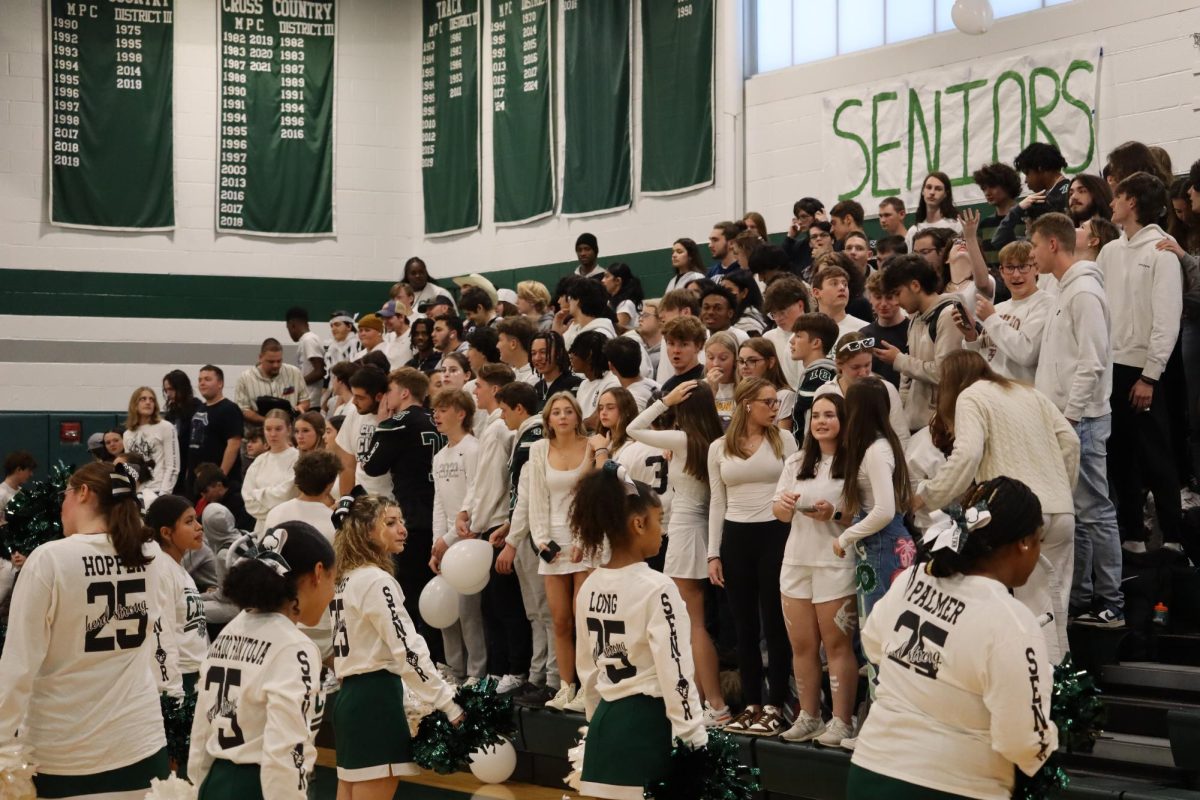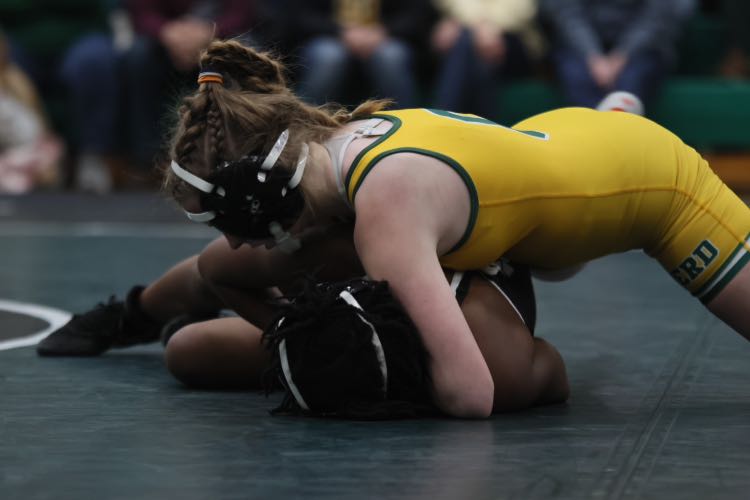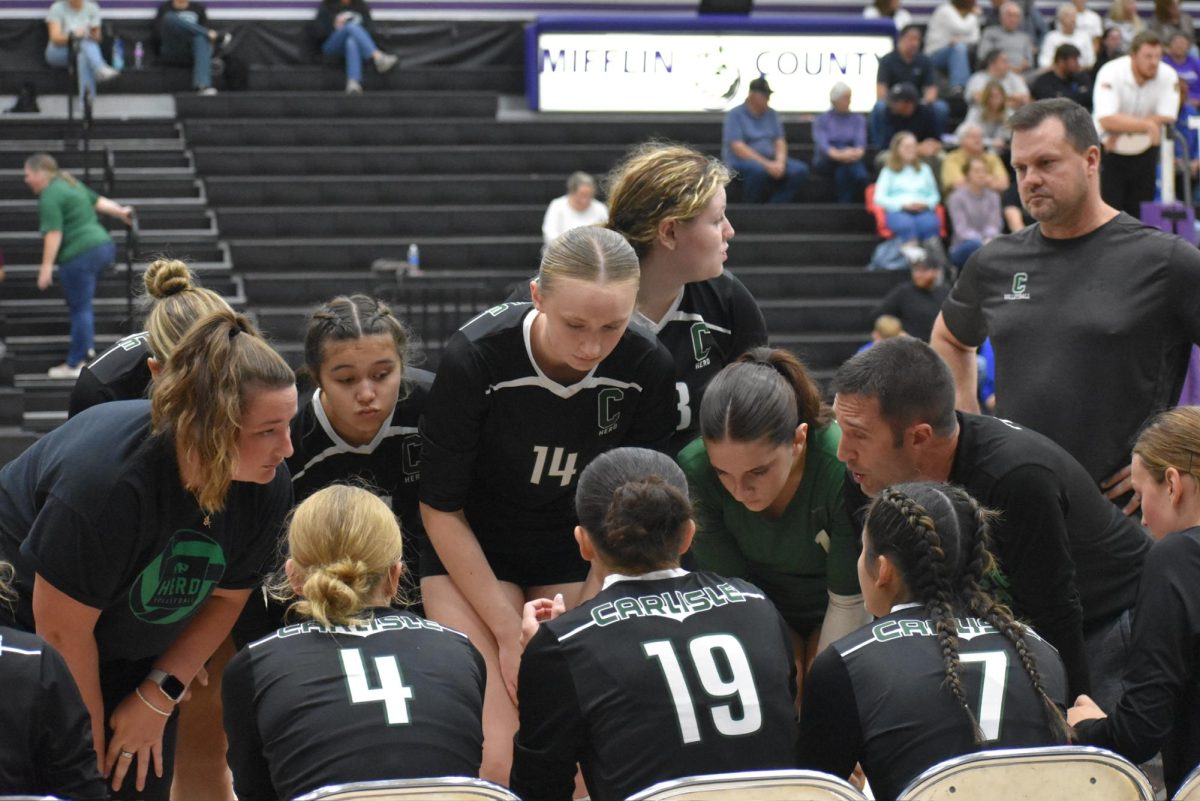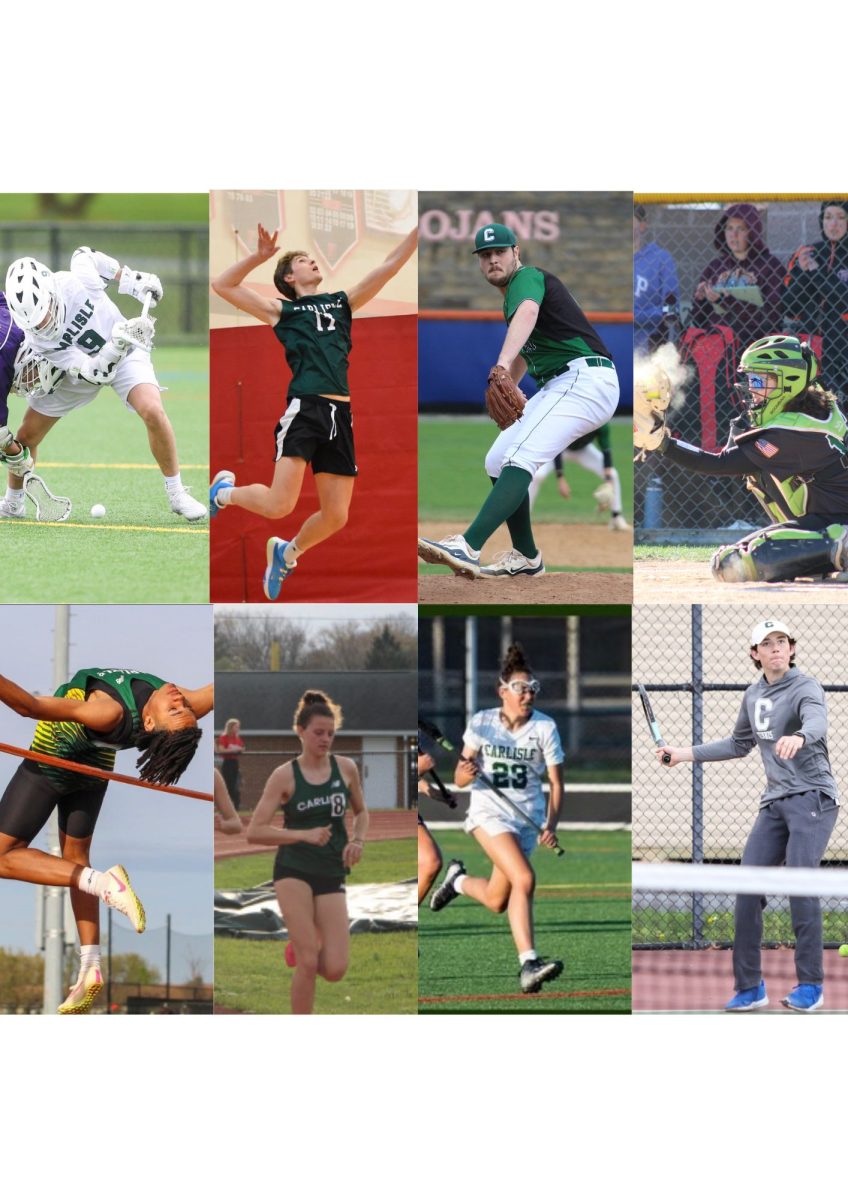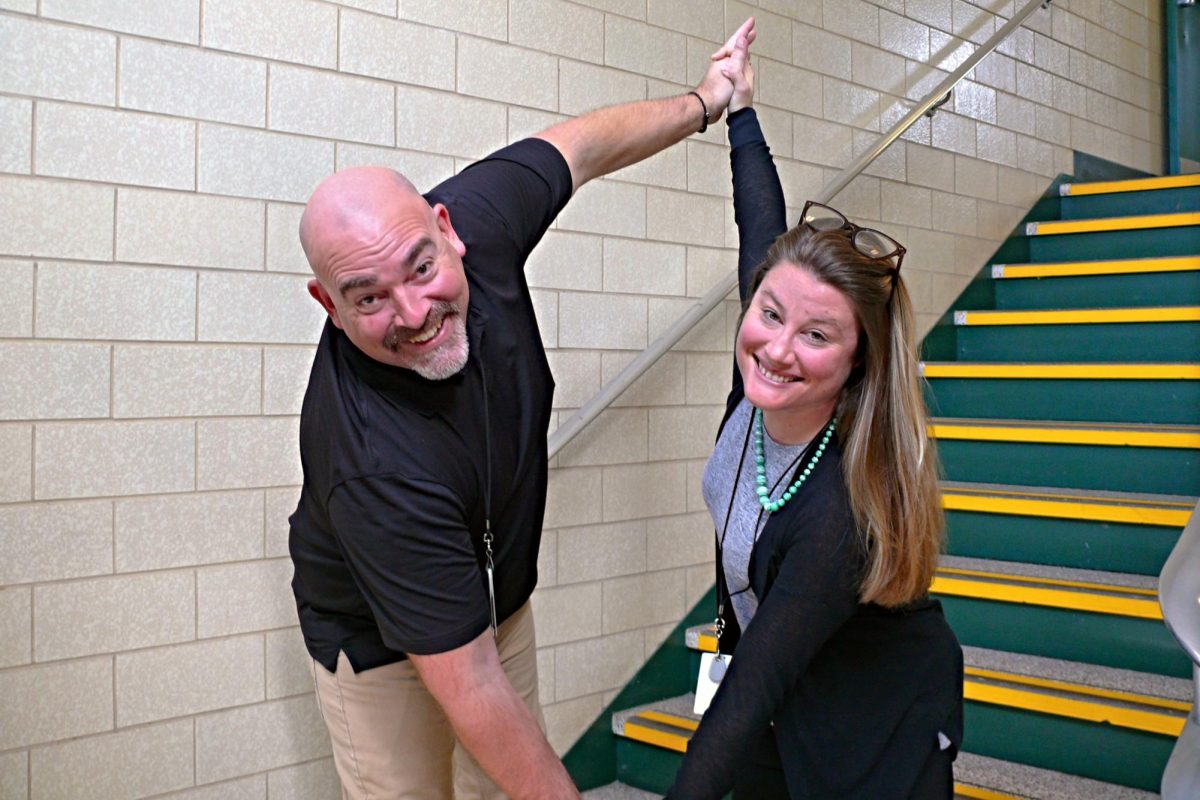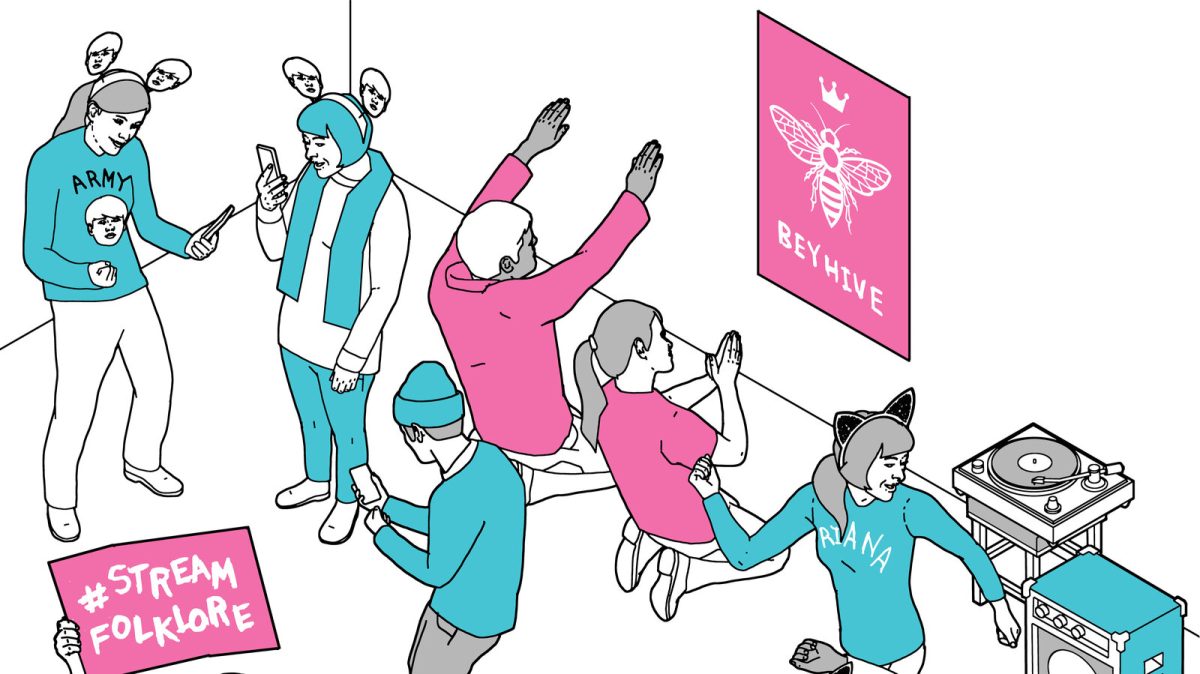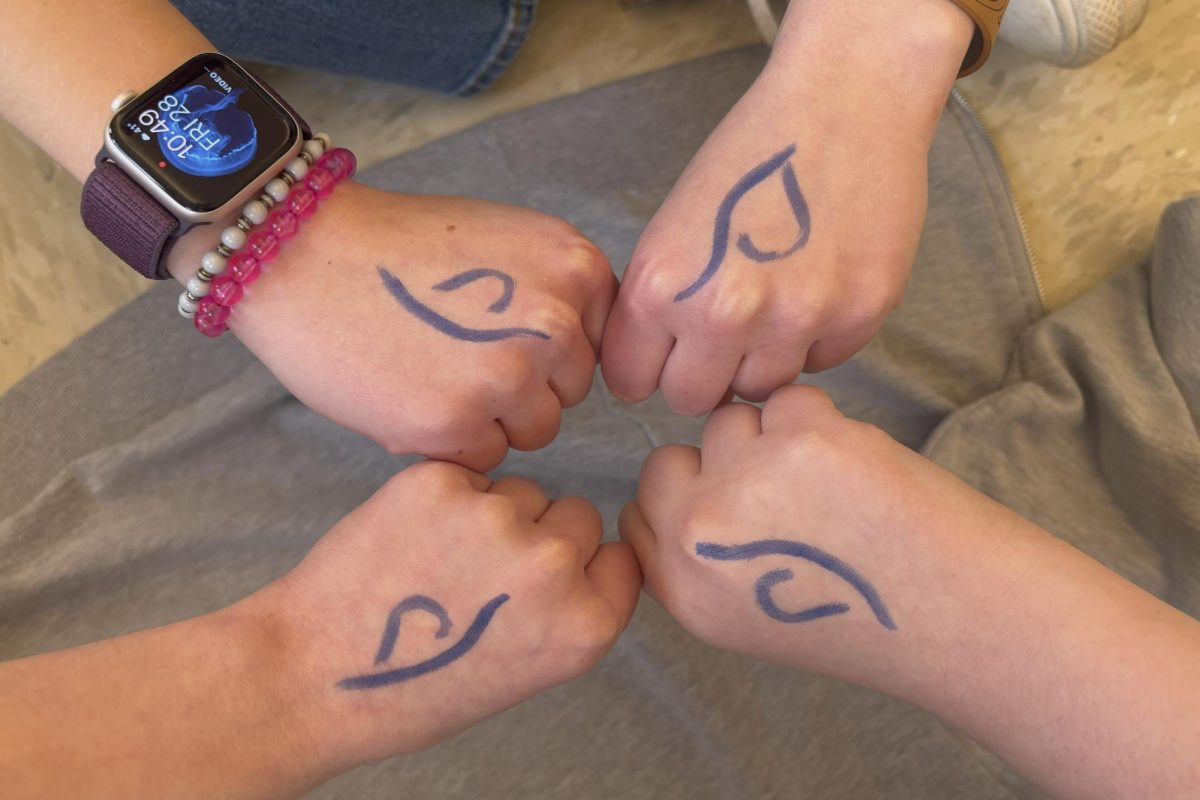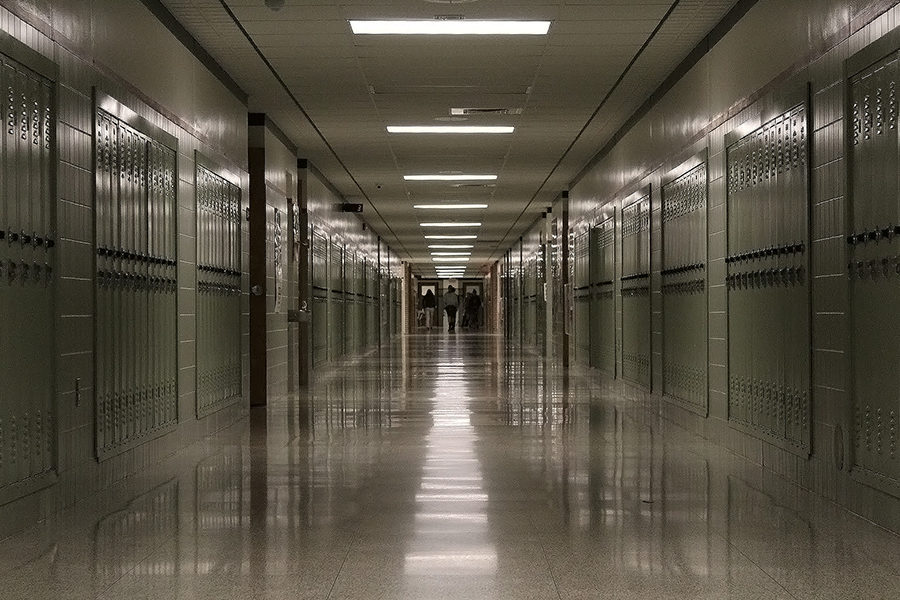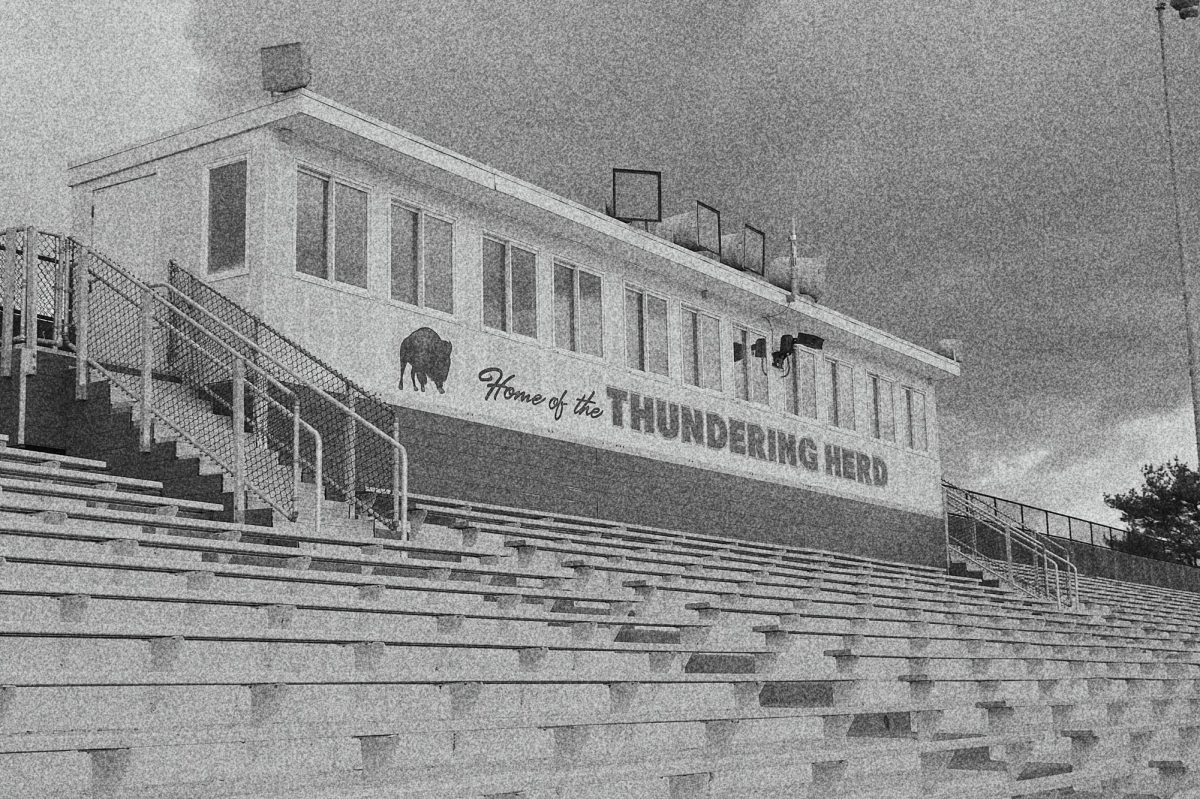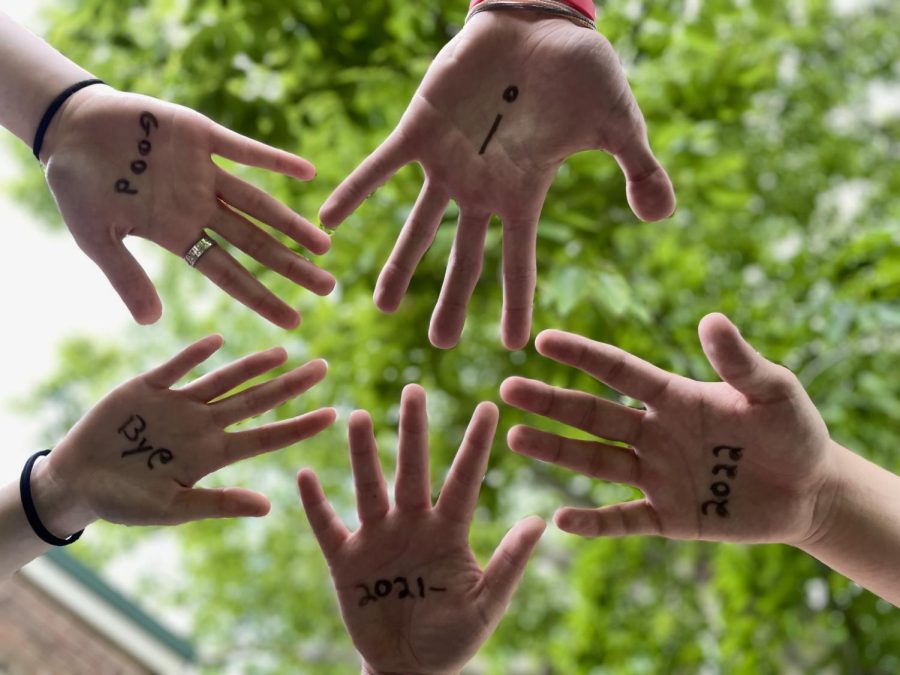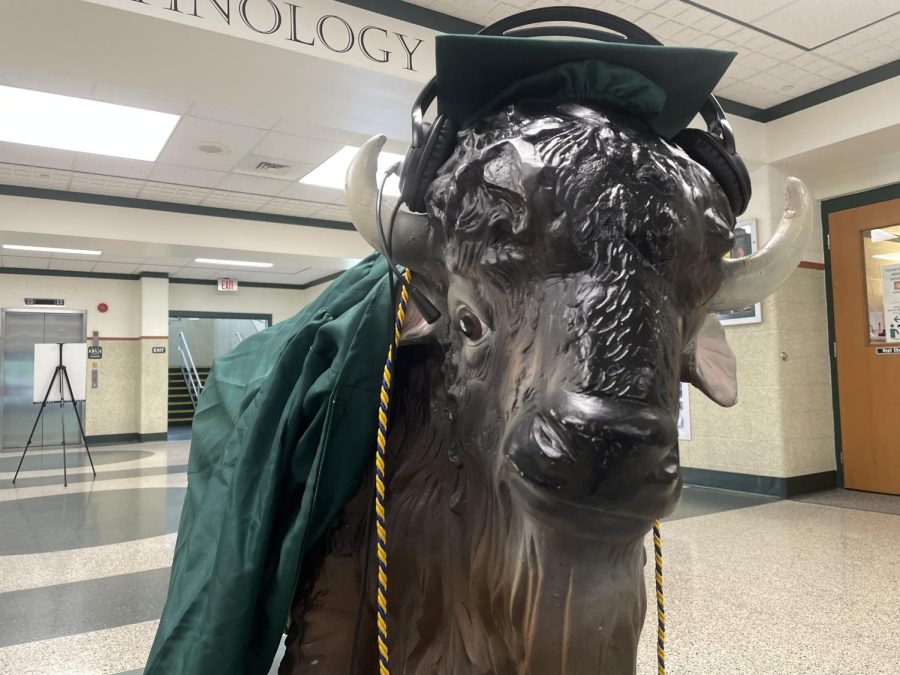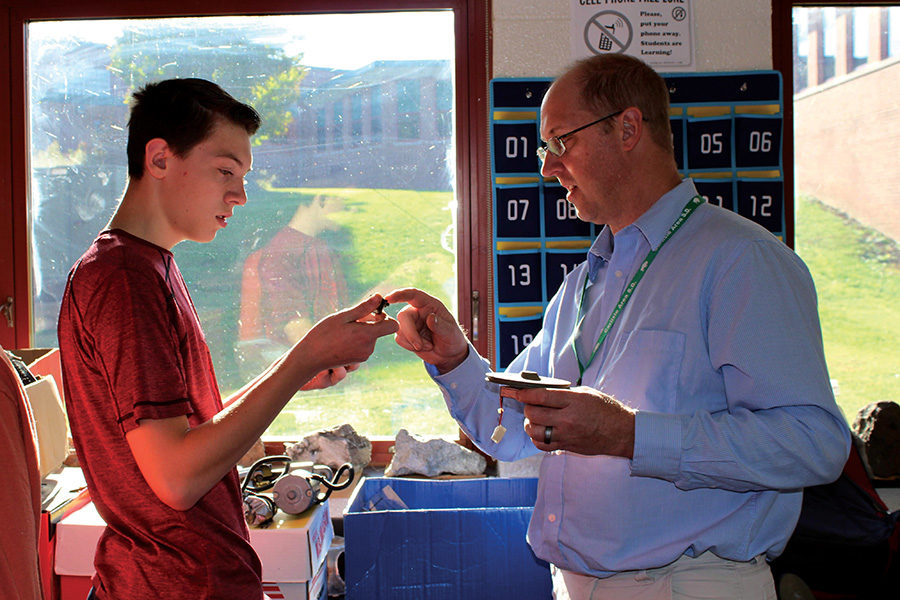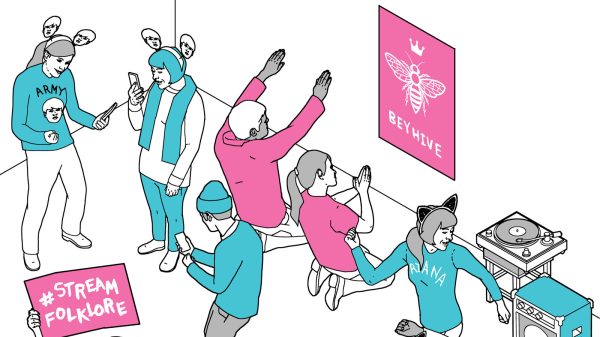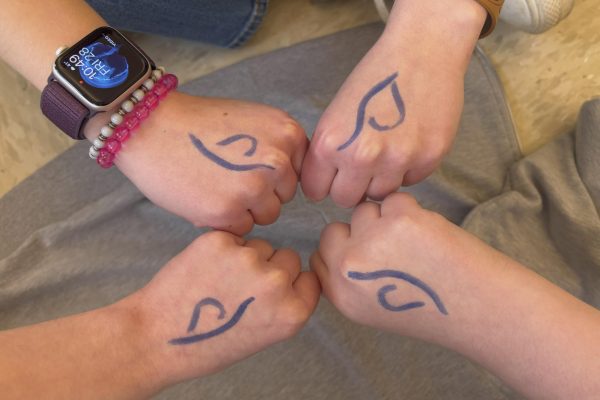Where have all the male teachers gone? (Editorial)
Freshman Jacob Murphy and geo-environmental teacher William Bechtel work together to find the right parts for Murphy’s BattleBot during a club period.
Going through school, kids often have a plethora of questions about the education system, but there is one question that is rarely asked: “Where are the male teachers?”
A 2015-2016 survey done by the National Center for Educational Statistics resulted in 77% of teachers being female. This number continues to rise, seeing as it used to be 76% in 2012.
The lack of male teachers is evident, but looking at the gap creates a lot of questions. Why are male teachers so few and far between, especially concerning the lower grades? Why aren’t boys encouraged to be teachers? Does the gender gap in teaching affect young boys going through school?
And most importantly, is it a problem, and does it need to be fixed?
The trend of teaching being seen as a female profession has not been a new concept since the numbers went away from males many years ago.
Tables show that in 1995 there were 2,666,192 more female teachers than male teachers. Out of 4,350,000 teachers, only about 19% were male.
Since then, things have gotten better, but only slightly. Schools are still primarily filled with female teachers. There are many different reasons as to why this might be occurring.
The stigma behind being a male may be turning males interested in education away from pursuing it. Being a male teacher in a school full of females can be daunting, and standing out isn’t for everyone. But is that always the way it is?
David Frey, former CHS 9th-grade principal and previous teacher, said, “When you look at elementary schools, they’re predominantly female. When you look at middle schools, they’re predominantly female. Then you get to high school where you have a better balance. For me, knowing that the profession was made mostly of female teachers, would have never affected my decision to become a teacher.”
A work environment full of women might not be a problem for some males when teaching is their passion. The real achievement is regardless of numbers, gender does not seem to sway the behavior of students.
Robert Dutrey, a social studies teacher, said, “Never in my experience have I noticed [male teachers] being treated differently at the secondary level.”
Although male teachers may not recognize the sigma, it could sit in the back of many young student’s minds as a difficulty with their masculinity. All of the females make it seem like only a female job. Students spend so much time at school that they create bonds with teachers and make observations.
Many of those teacher and student bonds are really a role model and learner situation. The students will look to the teacher as an influence. Many people tend to sway towards their same gender for support due to more opportunities to relate. The teachers see the children sometimes more than the parents do and it creates such an impact that students sometimes accidentally call their teachers “mom” or “dad.”
“I think that a young person or child can be raised in a home that can look very different, but I think we can’t ignore out nature and that we all, especially growing up, seek certain relationships for mentorships,” said Dana Neely, a social studies teacher at Carlisle High School. “If there is a lack of male role models or lack of male leadership in the home, I definitely think that this can impact students within the school environment.”
The males that chose education as a career at CHS tend to agree on the influence they have for these growing students. It is essential for their presence in the schools during this period of time.
Frey agreed with Neely when he said, “I think that when you look at the American family right now, more than half of the American families are single parents, whether it is male or female.”
Accepting a need for male role models in the school environment is a crucial first step to inviting more males into the field of education. Every child wants a role model that they can look up to and depend on.
We owe it to our children, especially our male children, to provide them with that. Our children are our future, and without guidance, our future will not be bright.
This story was originally published in our Fall 2018 magazine issue.
Disclaimer: Articles designated as “Editorial” represent the views and opinions of the author, not the 2018-2019 Periscope staff, CHS/CASD administration, or the CHS student body.
Want to help the Herd? Please consider supporting the Periscope program. Your donation will support the student journalists of CHS and allow us to purchase equipment, send students to workshops/camps, and cover our annual website hosting costs.

Heidi Heinlein is currently a sophomore at Carlisle High School. This is her second year as a staff member for Periscope. She is a co-editor of the perspectives...

Summer is a 14 year old staff writer who loves listening to music, reading, learning new things, and writing. Even though she spends a lot of time immersed...








